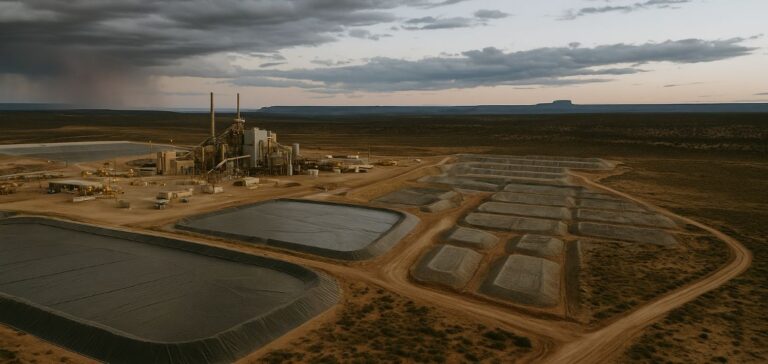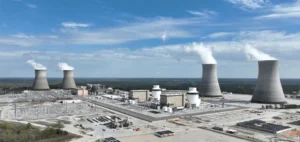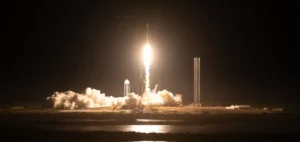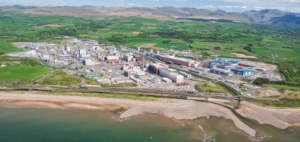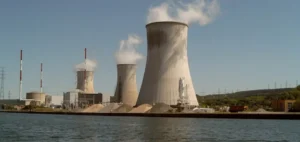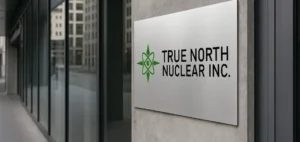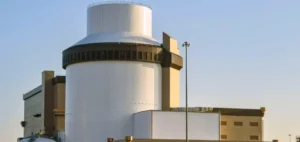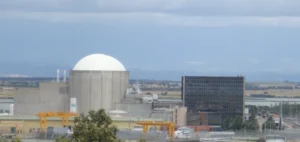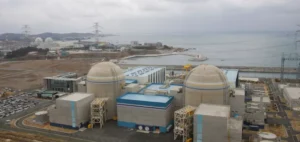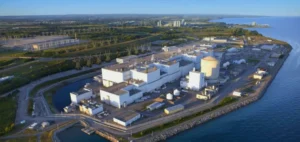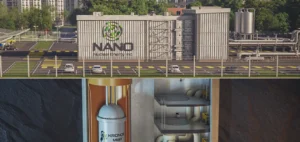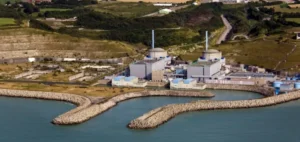U.S. mining company Energy Fuels Inc. announced a record monthly uranium production in April at its Pinyon Plain mine located in Arizona. The company extracted 4,604 tons of ore containing approximately 151,400 pounds (68.65 tonnes) of triuranium octoxide (U3O8), with an average grade of 1.64% equivalent uranium (eU3O8), which it says ranks among the highest-grade uranium deposits ever mined in the United States.
Drilling results exceed previous estimates
Energy Fuels reported that the ore grades obtained in currently mined zones are significantly higher than those predicted by gamma probe readings from earlier drill campaigns. These findings suggest the mineable volume could be much greater than outlined in the Preliminary Feasibility Study (PFS) released in February 2023, prepared in accordance with S-K 1300 and NI 43-101 standards.
The company also released preliminary data from its ongoing underground drill campaign targeting the “Juniper Zone,” another mineralised area of the deposit. The 2023 report identified 703,000 pounds (318.99 tonnes) of Indicated Resources with an average grade of 0.95% eU3O8 in this zone. Recent drilling revealed several new high-grade intercepts, including a 4-foot (1.2 metre) section grading 20.11% eU3O8.
Potential increase in mineable resources
Forty-nine core holes have been drilled from two underground drill stations, all measured using gamma probes calibrated by the U.S. Department of Energy. Samples collected are currently being analysed. Energy Fuels plans further drilling in the Juniper Zone to better assess its economic and geological potential.
Ore extracted from Pinyon Plain is transported to the White Mesa Mill located in neighbouring Utah. This facility processes the ore into natural uranium concentrate (U3O8), which is then sold to nuclear utilities for conversion, enrichment, and fuel fabrication.
Production geared toward domestic demand
According to Energy Fuels, the increase in mineable reserves at the site could lower the cost per pound of production and support the supply chain for the U.S. domestic market. Nuclear energy currently accounts for around 18% of total U.S. electricity generation and nearly 50% of the country’s zero-emission power.


